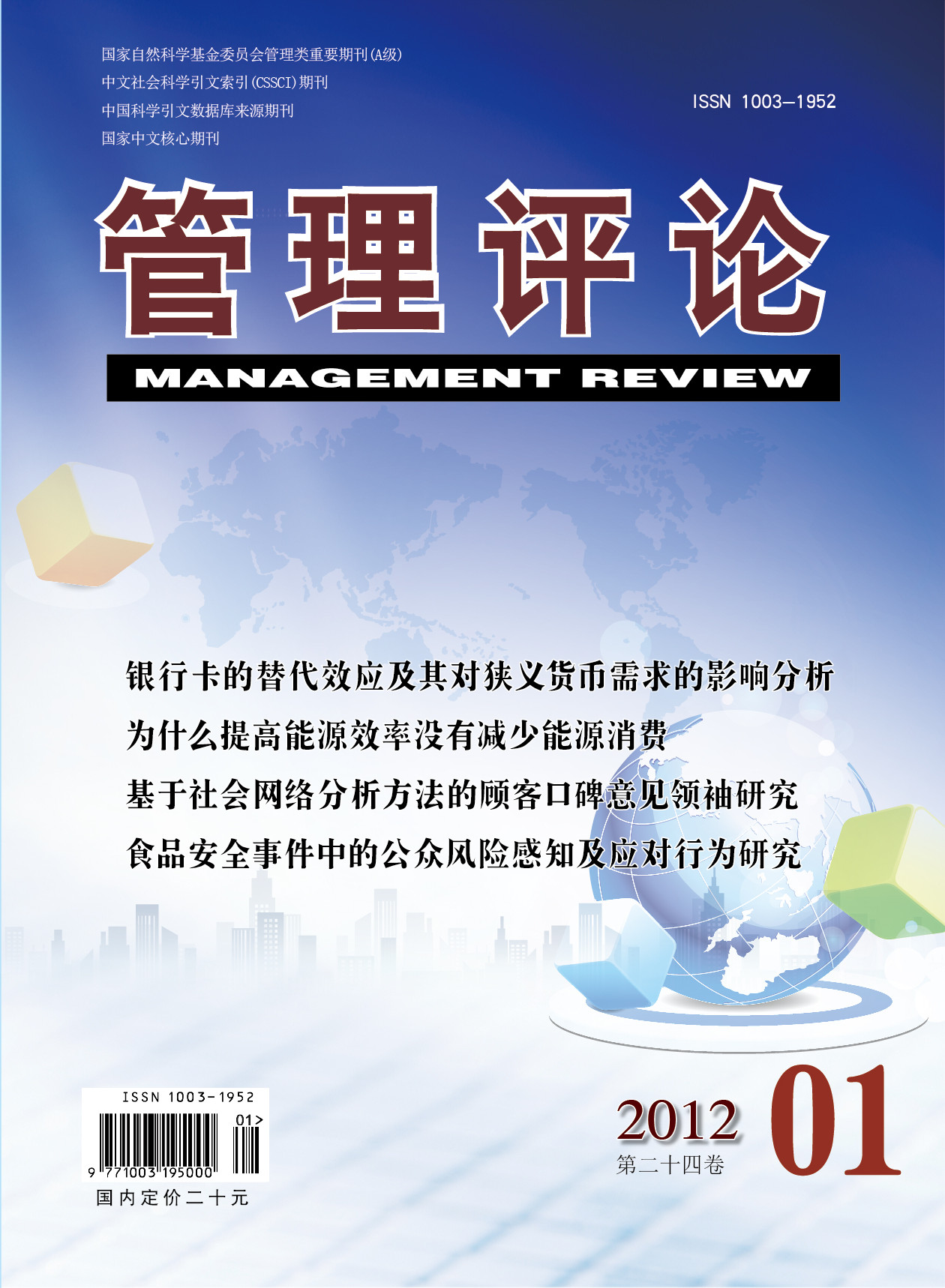|
|
The Mission of Behavioral Finance Researches under Financial Crisis: A Review
Rao Yulei, Peng Diefeng and Wang Jianxin
2012, 24 (1):
3-10.
Financial crisis is often recognized as a macro concept. We usually study this topic from the perspective of macro economics. However, the aggregate fluctuations in the financial market are often triggered by the systematic behavioral bias of individuals. In this paper, we review the literature about the behavioral cause and the micro mechanism of the crisis in a systematic way. On the basis of micro behavioral mechanism, we build our review on the core of herd behavior which leads the forming and cracking of financial bubbles and even financial crisis from three dimensions: cognitive bias, financial principal-agent investment and social factors. At last, we demonstrate the perspective of behavioral finance by reconstructing the financial system and point out the trends of behavioral finance studies in the future.
References |
Related Articles |
Metrics
|

